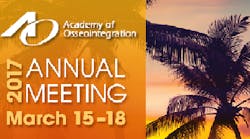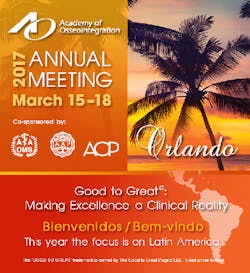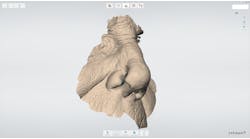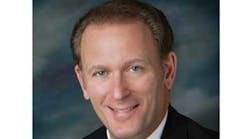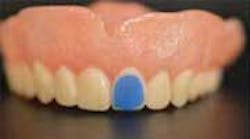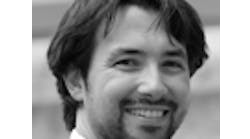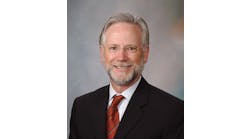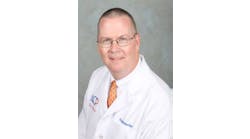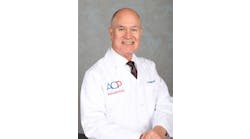Full program now available for AO's multidisciplinary annual meeting with AAOMS, AAP, and ACP
Follow AO on Facebook, Twitter, and LinkedIn using #AOOrlando to stay up-to-date about the Academy of Osseointegration's 2017 Annual Meeting, March 15–18, 2017, in Orlando.
The program for the Academy of Osseointegration (AO)’s 2017 Annual Meeting is now available. Don't miss next year’s meeting: It will be a collaboration with the American Association of Oral and Maxillofacial Surgeons (AAOMS), the American Academy of Periodontology (AAP), and the American College of Prosthodontics (ACP).
AO’s 32nd Annual Meeting, being held March 15–18, 2017, in Orlando, Florida, is themed “Good to Great,”* an idea was inspired by the book, “Good to Great*: Why Some Companies Make the Leap ... and Others Don’t,” by Jim Collins.
MORE FROM THE AO | Academy of Osseointegration announces call for applications for 2017–2018 Osseointegration Foundation research grants
“The topic is relevant because it translates to the practice of implant dentistry by looking at how the profession can innovate and excel, so as to be better in the future,” said Dr. Jeffrey Ganeles, 2017 Planning Committee chair.
“There will be an outstanding collection of speaker, from around the world presenting throughout the meeting,” added Dr. Ganeles. “The committee went out of its way to blend classic powerhouse speakers with emerging talent, to address dozens of important, clinically relevant topics in implant dentistry. Our goal is to provide AO meeting participants with new insights and better ideas, which they can take back to their practices on Monday morning March 20, 2017.”
MORE FROM THE AO |8 tips for dental students from AO's Young Clinicians Committee
The opening session will address the meeting theme very closely, relative to what clinicians do now versus 20 years ago. Jill Helms DDS, PhD, from Stanford University, will present “Beauty, Reconsidered.” She will discuss the neural circuitry underlying facial recognition in infants, the role that the face plays in communication, and the fact that the face also serves as an advertisement of our health, youth, and vitality.
The meeting will also feature an innovative session on “The Business of Implant Dentistry.” Moderated by Bill Ryan, it will look at various practice delivery systems.
Drs. Michael Block, Vince Iacono, and Ole Jensen have also coordinated a special session on sinus grafting.
The closing session will focus on the team approach to the treatment of various clinical problems. Several international teams will be presenting.
The regional focus in 2017 will be Latin America. Latin American speakers are included throughout the 2017 program to give meeting attendees a unique insight into the practice of implant dentistry in this region. Simultaneous translation in Spanish and Portuguese will be offered for the sessions held in the main meeting rooms.
Registration for the meeting will open later this fall. Follow AO on Facebook, Twitter, and LinkedIn using #AOOrlando to stay up-to-date. Click here to read a full Q&A with Dr. Ganeles, which was moderated by Dr. Harriet K. McGraw. The article originally appeared in AO’s newsletter, Academy News.
* The"‘Good to Great" trademark is owned by The Good to Great Project LLC. Used under license.
With 6,000 members in 70 countries around the world, the Academy of Osseointegration (AO) is recognized as the premier international association for professionals interested in implant dentistry. AO serves as a nexus where specialists and generalists can come together to evaluate emerging research, technology, and techniques; share the best information; and coordinate optimal patient care using timely, evidence-based science and methods.
